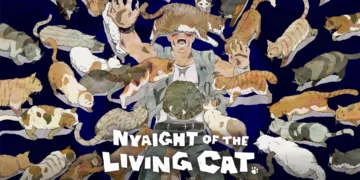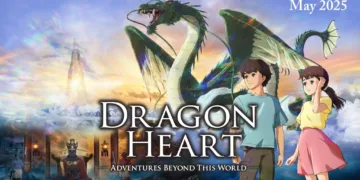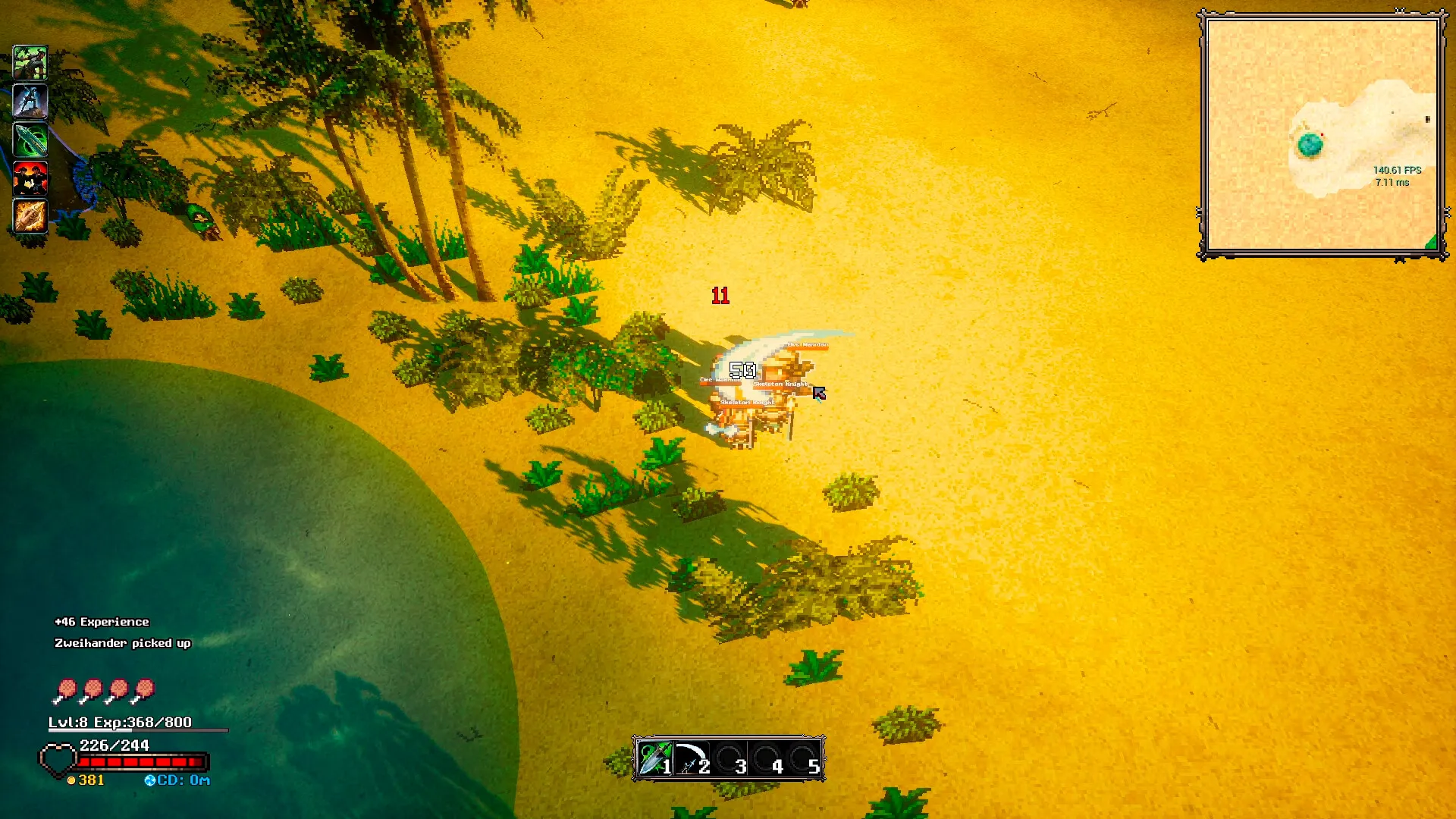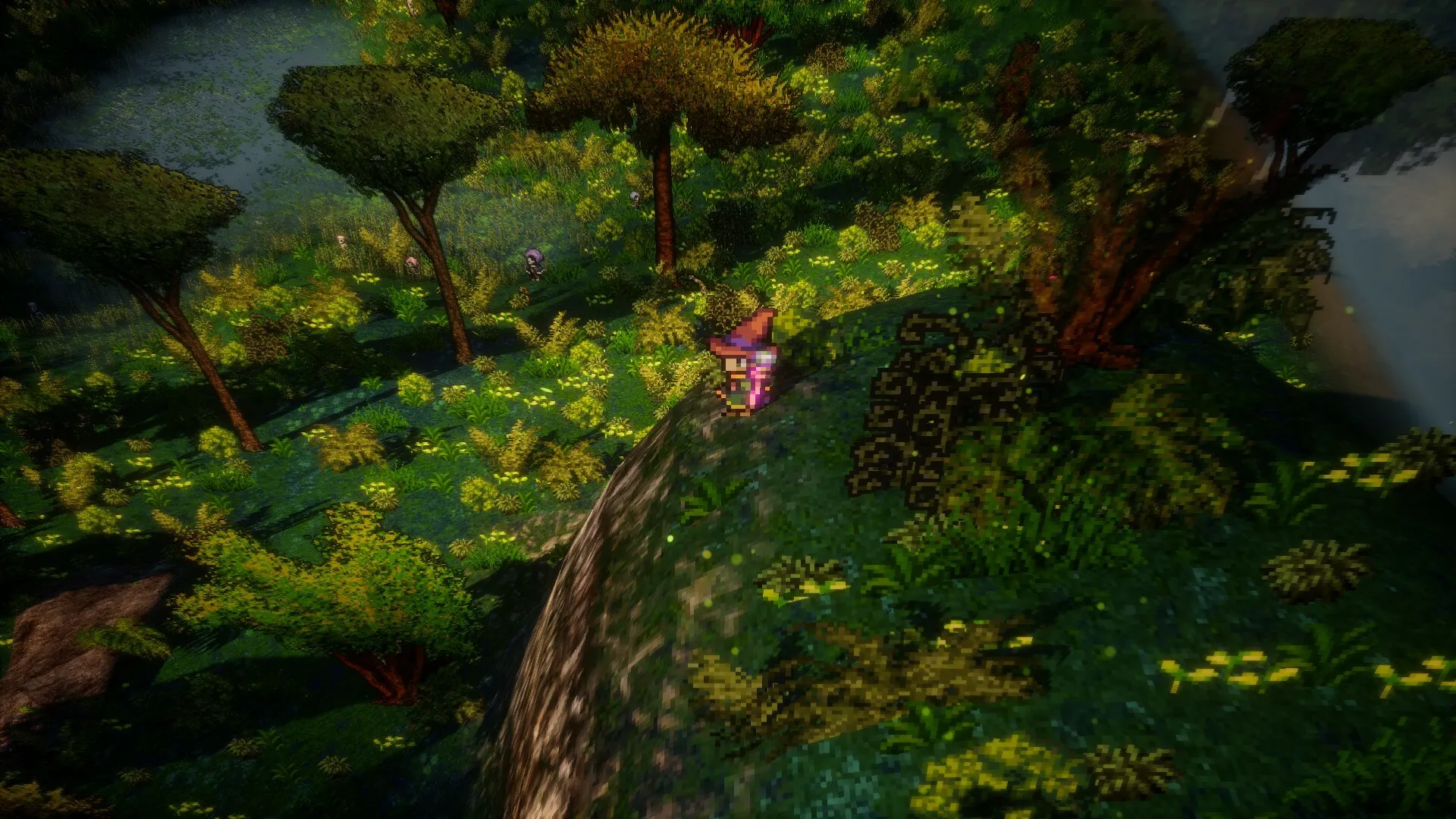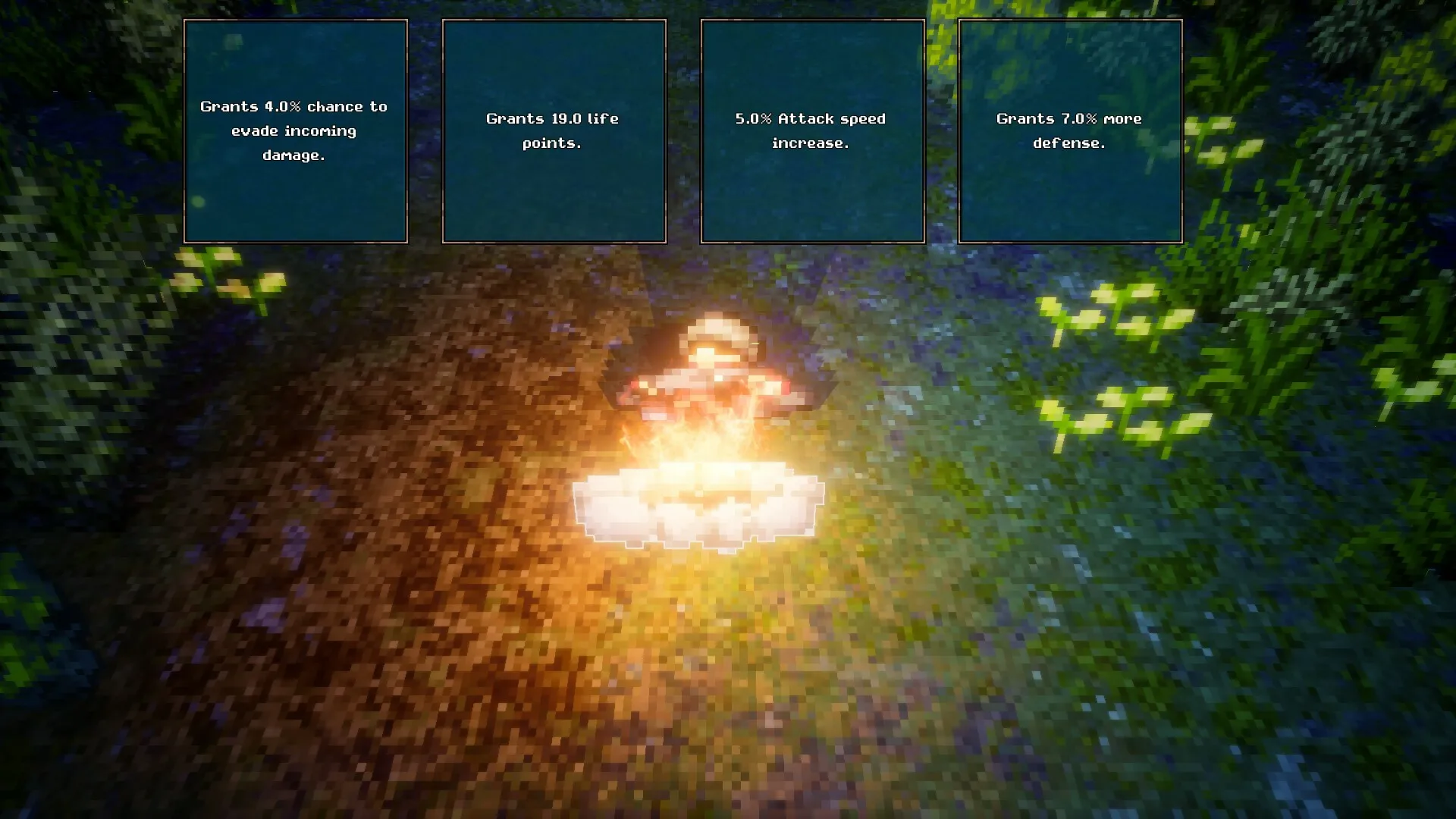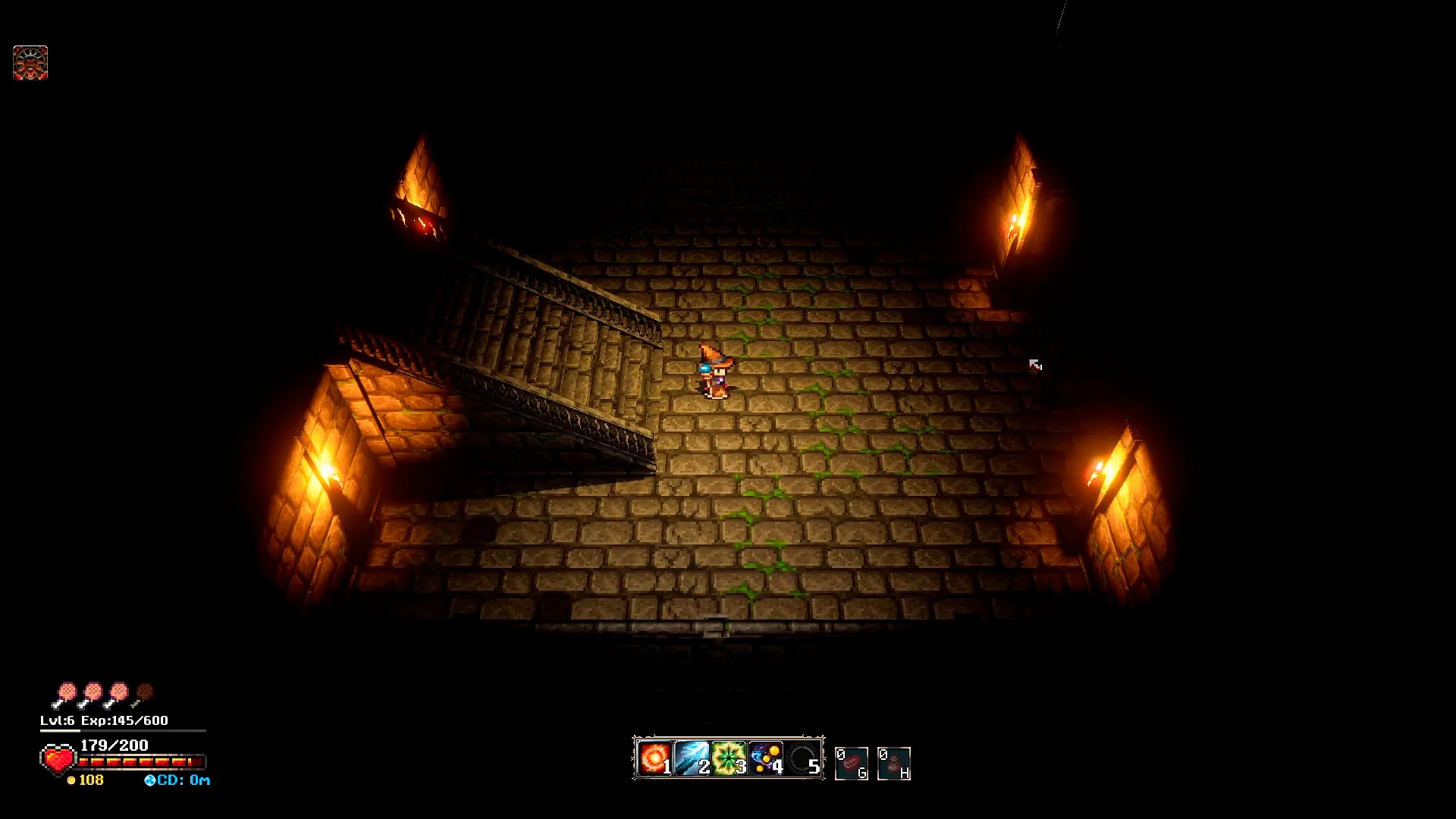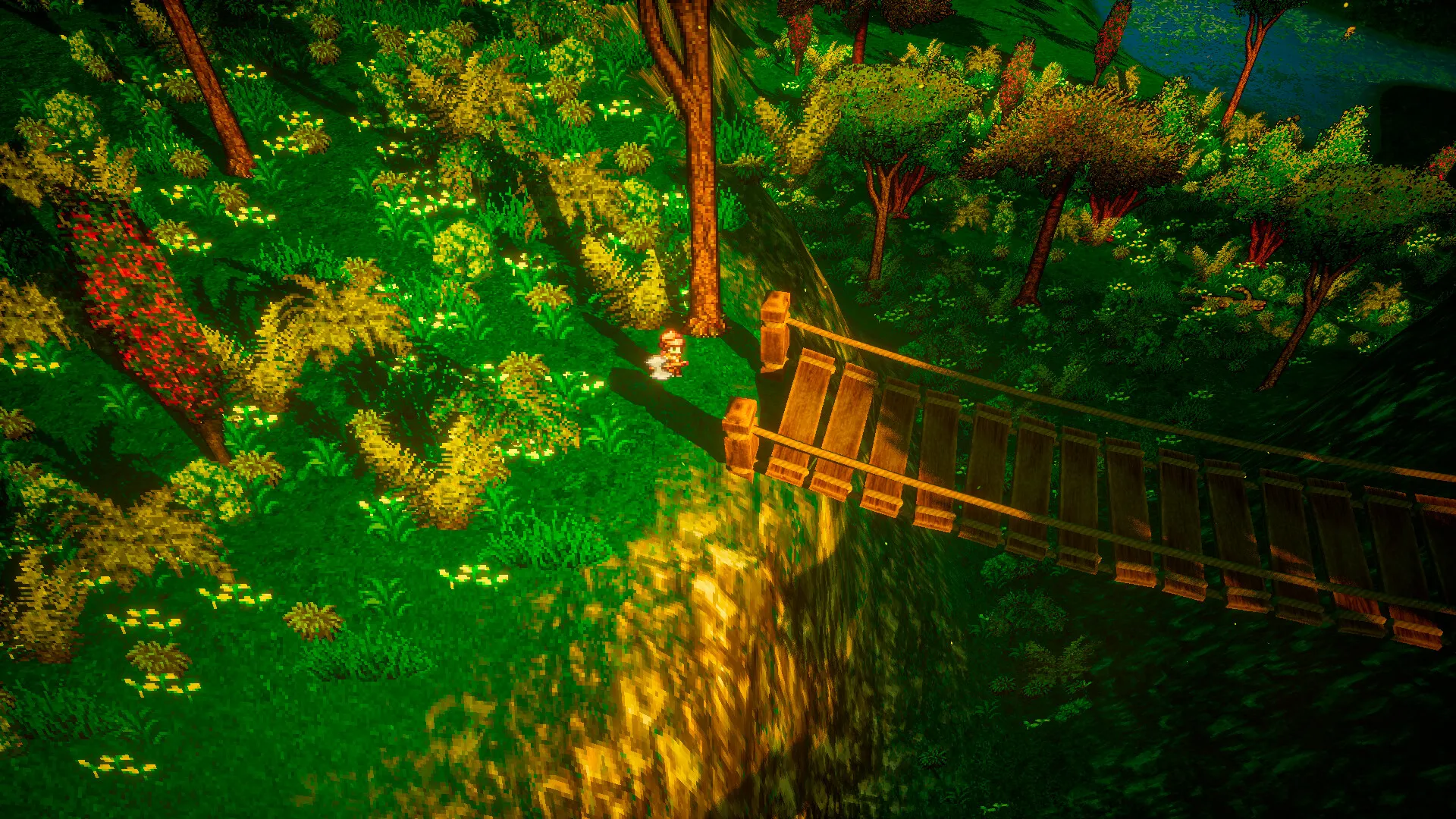A roguelike action RPG called “The Rangers in the South” has generations of adventurers trying to defeat a demon lord. The interesting idea is that players can keep some progress, like item stashes after their character dies by combining permadeath mechanics with meta progression.
While the game features five linear biomes with increasing difficulties, combat frequently turns into mindless spamming of attacks, lacking the exciting pace found in games like Realm of the Mad God. The generational system, reminiscent of Rogue Legacy, falls short of providing important class distinctions or varied gameplay, making the experience stagnant.
“The Rangers in the South” was created by a single creator and costs only €3.99, which is a bargain. In spite of its low price, the game falls short in terms of polish and depth in comparison to more well-known titles. The pixel art style looks good, but the lack of quality-of-life features like rebindable keys and controller support shows that the game was made quickly. A more refined experience typical of the ARPG genre may be what players find themselves hoping for.
Core Systems: Dissecting the Gameplay Mechanics of ‘The Rangers in the South
At its core, “The Rangers in the South” is a roguelike game with a gameplay loop that combines exploration, combat, and progress. Players journey through five linear biomes, each with a different difficulty and filled with enemies, dungeons, and treasure boxes.
Even though the main goal is to defeat the demon lord, the road is full of obstacles that test players’ skills and strategies. The lack of a hold-to-attack feature makes encounters feel more like boring button-mashing than exciting fights, despite combat mechanics mostly being based on close and far attacks. This choice could make players long for the fluid combat systems in other RPGs, like Diablo III, where timing and skill are crucial.
The experience becomes more difficult as players encounter various enemies and environmental dangers. On the other hand, the repetitive nature of enemy designs and cave layouts detracts from excitement. The dungeons, supposed to be the adventure’s heart, frequently suffer from uninspired, copy-pasted designs, making exploring them feel like work instead of an adventure. The loot-driven mechanics in the game initially give you a sense of urgency, but over time, the grind for better gear can diminish that sense of excitement.
In “The Rangers in the South,” there is a permadeath feature, which can be problematic. It captures the harsh facts of roguelike gameplay, where every choice can have big effects. Players lose their present character and equipped items when they die, but they keep any items they have stashed and any progress made in the world, which subsequent generations can equip.
Similar to systems in titles like Rogue Legacy, this mechanic aims to establish a sense of legacy and continuity. Although the idea is good, the execution is weak because there is a lack of character difference between generations. Instead of exciting new abilities or playstyles, players frequently find themselves with merely incremental improvements.
Although the fixed world progress keeps exploring areas and activating magic stones, it fails to encourage continued discovery. Once players use basic features, their motivation to explore the world decreases, leading to a cycle of repetitive gameplay. While intended to improve the experience, the generational system may end up feeling more like a restriction than a feature that improves the game’s overall gameplay.
Fighting for Survival: Analyzing Combat and Character Development
The core of the game experience in “The Rangers in the South” is combat, but it frequently fails to deliver the typical excitement of action RPGs. The combat mechanics rely heavily on repetitive clicking because holding down an attack button is impossible. Players primarily use close-quarters melee or ranged attacks.
Because players find themselves pressing buttons rather than making fluid, strategic moves, this design choice can lead to fatigue, especially during prolonged games. The more dynamic combat systems of titles like Hades, which award timing, skillful dodging, and well-timed attacks, contrast sharply with this.
For more depth, the game has a variety of weapons, each with its own animations and special abilities. However, many players have noted that some weapons, like spears and bows, can suffer from clumsy controls, leading to frustrating results when landing hits. The lack of a strong targeting system makes combat feel less precise, making things even more difficult. Because of this, players might depend on dodging and basic attacks rather than using their arsenal creatively, which can diminish the excitement of each encounter.
The idea behind character development in “The Rangers in the South” is to give the audience a sense of change, but it doesn’t always work. The overall character-building experience lacks the depth of other ARPGs like Diablo III, though players can customize their characters through a limited selection of weapons and abilities. Unpredictability is introduced by the randomness of skill acquisition during level-ups; however, this randomness can lead to frustration if the skills acquired do not fit the chosen playstyle. Players might, for example, choose a mage build but end up with skills better suited for a melee character, which throws off their intended strategy.
The generational system creates a sense of continuity by allowing players to transfer things and world progress to subsequent characters. However, this feature does not make up for the lack of genuine character difference. Each generation feels similar, with few differences in abilities and gameplay styles, which can lead to a sense of monotony. While there is potential for various builds, the limited skill set and repetitive encounters frequently cause gameplay to feel repetitive, failing to interest players in the same way as more creative titles in the same genre.
Journey Through Biomes: The World Design and Exploration Experience
“The Rangers in the South” takes place in five different biomes, each with unique problems in terms of style and the environment. The pixel art style is vibrant and interesting, with lush forests and snowy peaks. It is reminiscent of titles like Octopath Traveler, which uses 2.5D graphics to make immersive worlds.
Each biome looks nice, with a variety of scenery that makes you want to explore them. The environments are beautifully rendered, but they frequently lack the depth and interactivity that can increase player interest.
Environmental hazards are important in gameplay because they increase the difficulty and force players to change their strategies. For example, some places may feature obstacles like traps or rough terrain that can make moving hard, similar to mechanics in games like The Legend of Zelda: Breath of the Wild. These risks can tense things and force players to think carefully about their play. However, the game occasionally fails to fully incorporate these components into the main gameplay loop, leading to fragmentation rather than a seamless experience.
In “The Rangers in the South,” dungeons are intended to be an important part of the experience. They are where combat and loot are obtained. Creating these dungeons is one of the game’s flaws, which is a shame.
Numerous players have noted that the layouts feel monotonous and uninspired, lacking the variety that makes exploration fun. The dungeons here frequently rely on copied-pasted tilesets, diminishing replayability, unlike the procedurally produced dungeons in Enter the Gungeon, which consistently offer new experiences. This can make going into a dungeon feel like a chore instead of a thrill every time.
Boss encounters, which should be the most exciting parts of the game, don’t live up to the hype. Lacking the special mechanics or strategies that make encounters memorable, many bosses are just bigger versions of normal enemies with basic attack patterns.
Because of this predictability, players may feel like they are just slogging through encounters rather than going off against tough opponents, which can lead to disappointment. A lack of variety in dungeon design and boss mechanics hurts the overall experience, making players long for more polished ARPGs with more dynamic and varied obstacles.
Aesthetic Appeal: The Visual and Audio Landscape of ‘The Rangers in the South
“The Rangers in the South” has a charming pixel art aesthetic that successfully captures the charm of its environments. The vibrant and detailed graphics are reminiscent of titles like Octopath Traveler and Hyper Light Drifter while still being contemporary.
The five biomes all look different, which gives the game world a sense of life and variety. But while the art style is nice, it often feels like it’s not being used enough because the gameplay and level design are so repetitive. You could find that players want more ways to connect with the game and make the beautiful graphics useful.
In “The Rangers in the South,” the audio presentation presents a mixed bag. While the soundtrack is nice and fits the game’s silly mood, it lacks the variety and depth to make it more immersive. Sound effects in games like Hades build tension and mood through sound. However, this game’s sound effects can feel sparse and generic. For instance, sound effects for weapon swings and interactions with the surroundings stay on even when the game is muted, which takes away from the overall experience.
The absence of background noises, like rustling leaves or faraway animal calls, undermines immersion even more, making the world feel less alive. The atmosphere of the game could be greatly improved by increasing the variety of audio effects and the quality of the soundtrack.
Navigating the Experience: User Interface and Quality of Life Considerations
In terms of controls, the user interface in “The Rangers in the South” presents a mixed experience for players. The keyboard and mouse setup works, but in a genre where quick movements and accuracy are important, the absence of controller support becomes a big problem.
This lack can turn off computer players or people used to more flexible ways to enter data. Players frequently find it difficult to manage their things effectively, making menu navigation and the inventory system tedious. The inventory’s lack of intuitive sorting options can lead to frustration during crucial gameplay times when quick access to gear is crucial.
Based on what players have said, there are a few common places where quality of life could be improved. Many users say they’d like more key binding choices for their control scheme. Having a mini-map to help you find your way around the huge biomes and avoid getting lost while exploring.
Players have also suggested that the visual feedback during combat be improved. Making it easier to see how much damage is being given and received could make battles fun overall. Future changes that focus on these improvements would not only make the user experience better but also show that the developers are listening to their concerns, which has the potential to get people interested in the game once again.
Summing It Up: Final Impressions and Recommendations for Players
“The Rangers in the South” presents a beautiful world full of potential, but repetitive game play mechanics and a lack of depth in character development and combat let it down The pixel-art graphics are good, like the charm in Octopath Traveler, but the gameplay isn’t very good because the dungeons are boring, and the boss encounters are uninspired.
The generational and permadeath systems add an interesting twist, but the characters’ lack of difference can lead to a sense of stagnation. The absence of quality-of-life features like controller support and easy-to-use inventory management also detracts from the user experience.
Fans of roguelike games and people who like independent games with cute graphics may really like this game. Players looking for a casual experience with a familiar feel might find it enjoyable. However, people who want an ARPG experience like Hades or Diablo III may find that it lacks depth and polish.
The Review
The Rangers In The South
"The Rangers in the South" presents a visually appealing world with cute pixel art, but it lacks gameplay depth and variety. The overall experience is hampered by repetitive combat and uninspired dungeon design, despite the fact that it offers novel mechanics like permadeath and generational progression. The lack of quality-of-life elements further detracts from its potential. This game might be fun for casual players, but it lacks the polish and interest in better titles in the same genre.
PROS
- Charming pixel-art visuals.
CONS
- Repetitive dungeon design and combat.
- Lack of character differentiation.
- Absence of quality-of-life features, such as controller support.






















